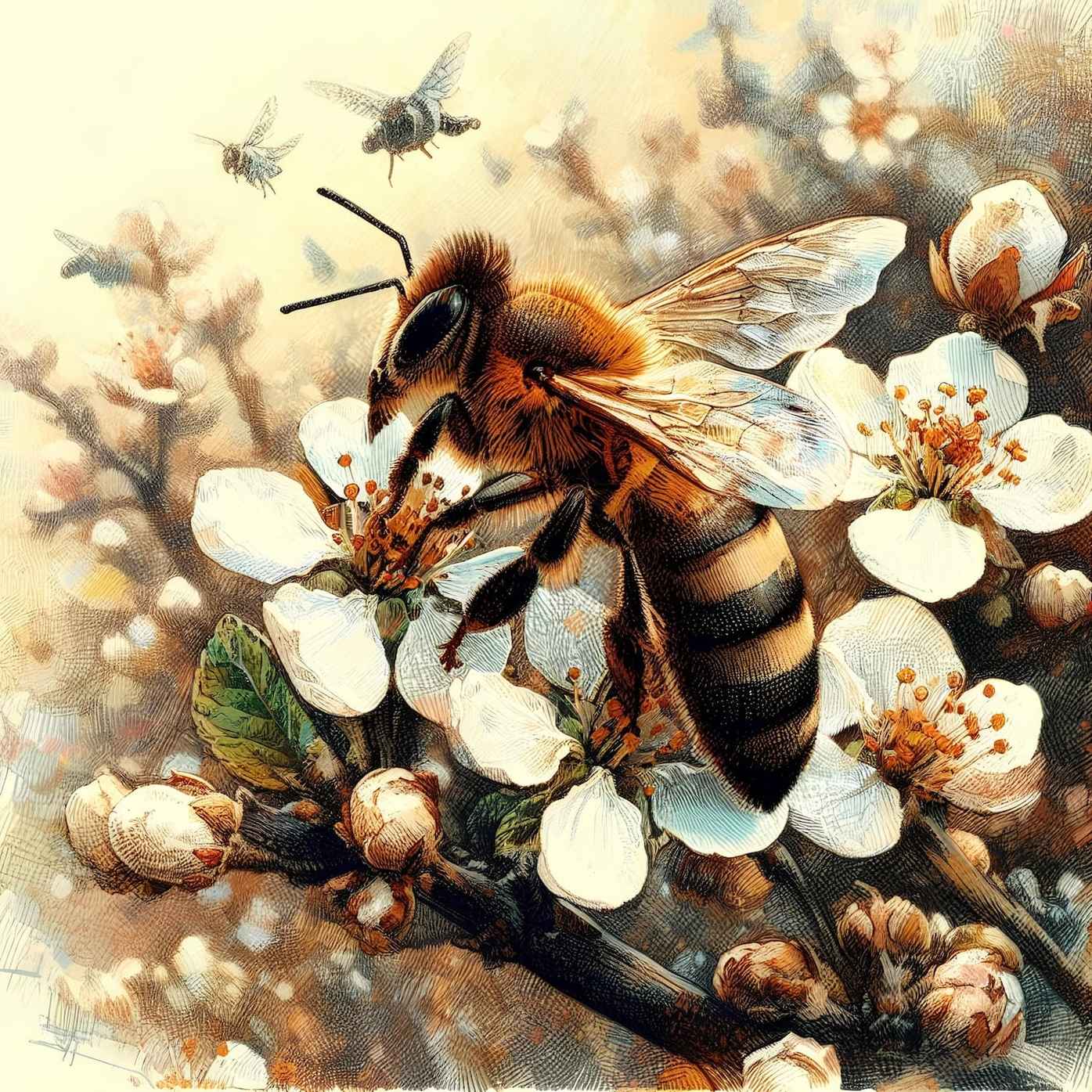Where Do Honeybees Go in the Winter?
Honeybee colonies survive the winter by forming tight clusters in the hive, with worker bees vibrating their wing muscles to generate heat. The bees consume stored honey for energy during this period.

Honeybee colonies survive the winter by forming tight clusters in the hive, with worker bees vibrating their wing muscles to generate heat. The bees consume stored honey for energy during this period.

